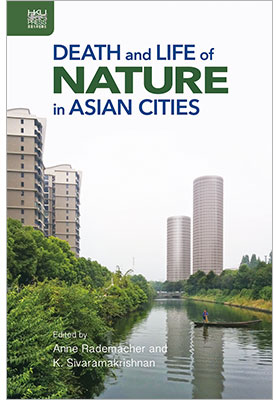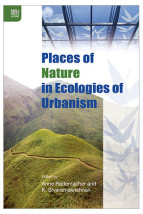Death and Life of Nature in Asian Cities
(亞洲城市自然的死亡與生命)
ISBN : 978-988-8528-68-4
September 2021
224 pages, 6″ x 9″, 16 color illus. and 1 table
- HK$500.00
Ebooks
Also Available on
Death and Life of Nature in Asian Cities explores the encounter between two processes that are unfolding in diverse patterns across Asia—the rapid urbanization of Asia across big cities, smaller towns, and the newest urban concentrations; and the contentious debates and novel schemes by which nature is figured and emplaced in cities and their conurbations. Contemporary Asian cities displace nature by causing its death and withering, but also embrace it through acts of renewal and the pursuit of sustainability. Contributors in this volume gather case studies from across Asia to address projects of urban greening and reimagining nature in urban life. The book illustrates how the intersection of urban growth and urban nature is a place rich with fresh ideas about urban planning, governance, and social life. This book illuminates a continuing process of discovery and regeneration through which urban natures may well be moving from taken-for-granted infrastructures to more consciously experienced sites of interplay between non-human life and materials, and daily human life experiences. Debates and efforts to recover nature in the city provoke moral and ethical evaluations of the human ecology of city life, and direct ecologies of urbanism into new avenues like aesthetics, care, perception, and stewardship.
“This fascinating collection of essays brings together a series of cutting-edge insights into Asian cities caught in the maelstrom of global environmental change. A particular strength of this book is its commitment to forms of interdisciplinary dialogue and conceptual engagement that unsettle existing geographies of knowledge.” —Matthew Gandy, University of Cambridge; author of Natura Urbana: Ecological Constellations in Urban Space
“This impressive collection on urban ecologies moves beyond the anthropocentric city to expand our understanding of cities as multispecies spaces of active collaboration, decay, and regeneration, offering new possibilities for the flourishing of urban life—both human and non-human—and the design of more just and sustainable cities for all.” —Christina Schwenkel, University of California, Riverside; author of Building Socialism: The Afterlife of East German Architecture in Urban Vietnam







